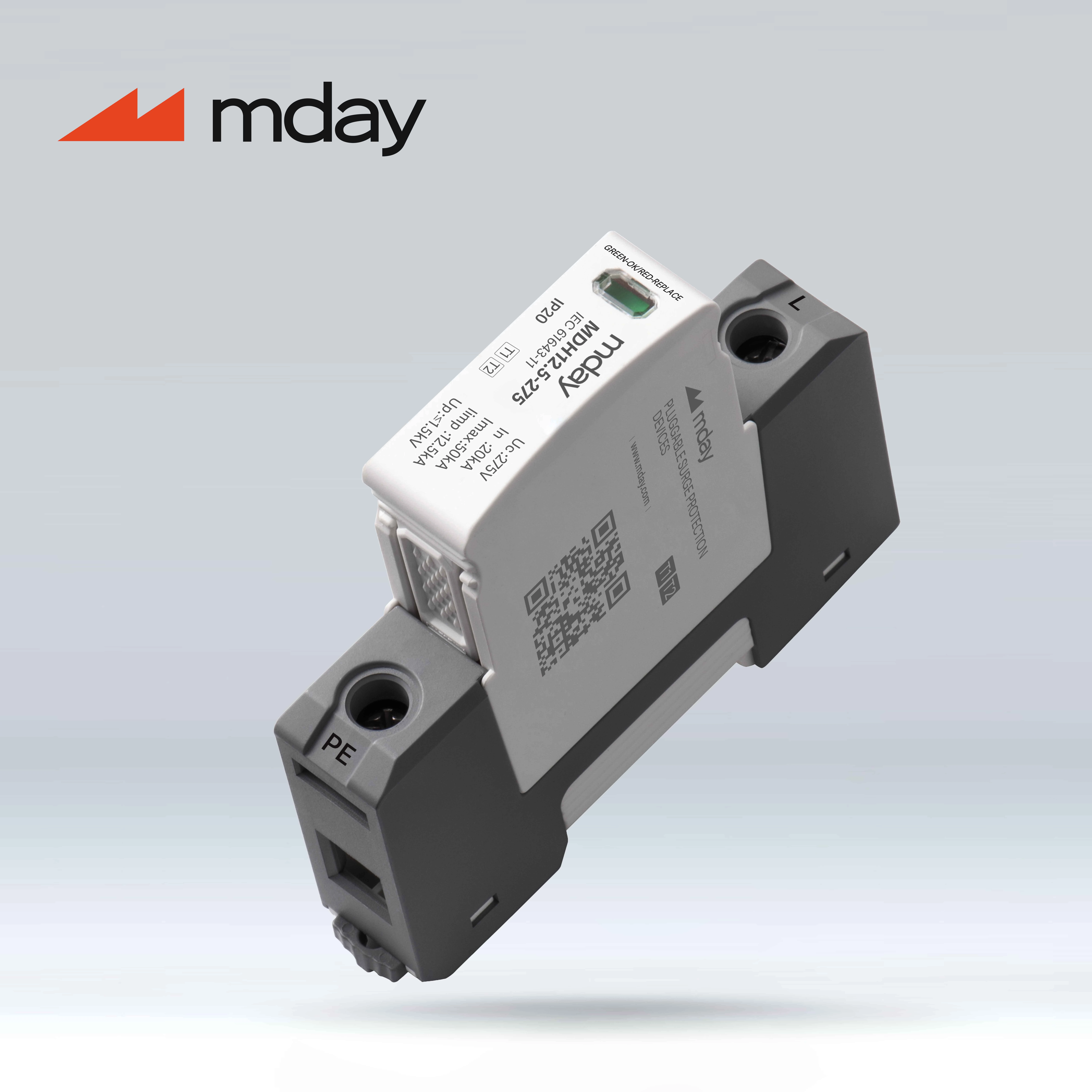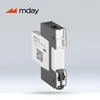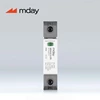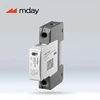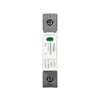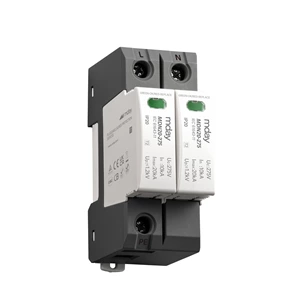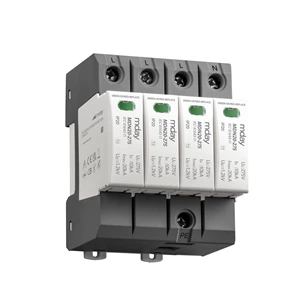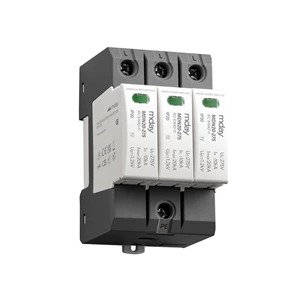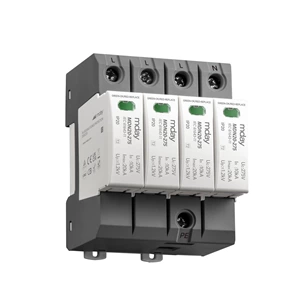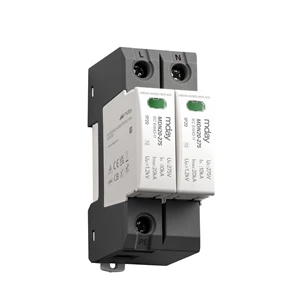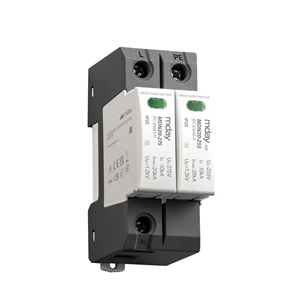Surge Protector Line Installation
3.1 Installation location
According to the concept of IEC131221 (LPZ), when the electrical line passes through the junction of two lightning protection zones, a surge protector should be installed. According to the different locations and withstand voltage levels of the equipment, the protection level can be divided into three levels or more, but the protectors must be well matched so that the acceptable withstand value and the original lightning threat value can be distributed among the surge protectors according to their energy withstand capacity to effectively reduce the surge withstand capacity of the equipment to be protected. However, due to process requirements or other reasons, the installation position of the protected equipment will not be located exactly at the interface but near it. In this case, when the line can withstand the surge voltage, the surge protector can be installed at the protected equipment, and the metal protective layer or shielding layer of the line should first be connected to the same potential at the interface. In actual work, the power surge protector is generally installed in the main distribution room, the distribution box on each floor, and in front of the protected equipment, which has achieved good protection effect.
3.1.1 At the junction of LPZ0 and L PZ1, the SPD installed on the line drawn from the outdoors should be a product that meets the T1 classification test (i.e. the amplitude of the lightning current with a 10/350us waveform passing through the SPD). The value of the flow rate is determined by determining the amplitude of the lightning current according to the lightning protection category of the building and the energy distribution on various pipelines and lines after the lightning current directly hits the building.
3.1.2 At the junction of LPZ1 and L PZ2, the second-level SPD should be installed at the distribution panel or the front end of the UPS. Products that have passed the T1 or T2 classification test can be selected. Its nominal discharge current In is usually 20KA (8/20us).
3.1.3 At important terminal equipment or precision sensitive equipment, a third-level SPD should be installed. Products that have passed the T1 or T2 classification test can be selected. Its nominal discharge current In is usually 10KA (8/20us), and it has a shorter response time.
3.2 Spacing and energy matching issues
When installing SPD, the energy matching issue between the two stages should be considered. In general, when SPDs are installed at multiple locations on the line and there is no accurate data, the line length between the voltage switch type SPD and the voltage limiting type SPD should not be less than 10 meters, and the line length between the voltage limiting type SPDs should not be less than 5 meters. The following points should also be noted:
3.2.1 When the SPD adopts a low-high configuration, the second-stage SPD is almost useless, while when the high-low configuration is adopted, it can cooperate with the front and back to shunt.
3.2.2 As the distance between the two poles shortens, the shunt effect of the front stage decreases, and the current and energy passing through the rear stage increase. When the distance is too close, the front stage almost does not work. At this time, decoupling measures should be taken between the two stages, such as installing an inductive impedance device between the two SPDs, which can play a decoupling role.
3.3 Installation method: It is advisable to adopt a "V" type connection method (Kevin method). As shown in the figure "Installation method"
From the figure "Installation method", it can be seen that the residual voltage at both ends of the device is UL PE = U 1 + U p. Due to the short connecting wire, the voltage drop of the surge on the wire is greatly reduced (experiments have shown that the voltage drop of 1m wire under 20KA, 8/20us waveform impact is 1KV), which also reduces the voltage applied to both ends of the device, thereby playing a protective role.
3.4 The connecting wire of SPD should be as short and straight as possible, and the lead length at both ends should not exceed 0.15m, so that the induced voltage is as low as possible to reduce the residual voltage. The connecting conductor should meet the requirements of yellow, green and red for phase line, light blue for neutral line, and green/yellow two-color line for protection line.
4. Summary
When selecting a surge protector for a 220V/380V three-phase system, you must first distinguish the type of low-voltage distribution system, whether it is IT, TT or TN, and then determine the lightning protection classification of the building, determine the energy distribution of the lightning current and the withstand voltage level of the equipment, and comprehensively consider the parameter values of the SPD. Conduct on-site inspections, take advantage of the advantages and avoid the disadvantages, and select the most appropriate SPD to reduce the surge borne by the protected equipment to an acceptable value for the equipment (lower protection level).
